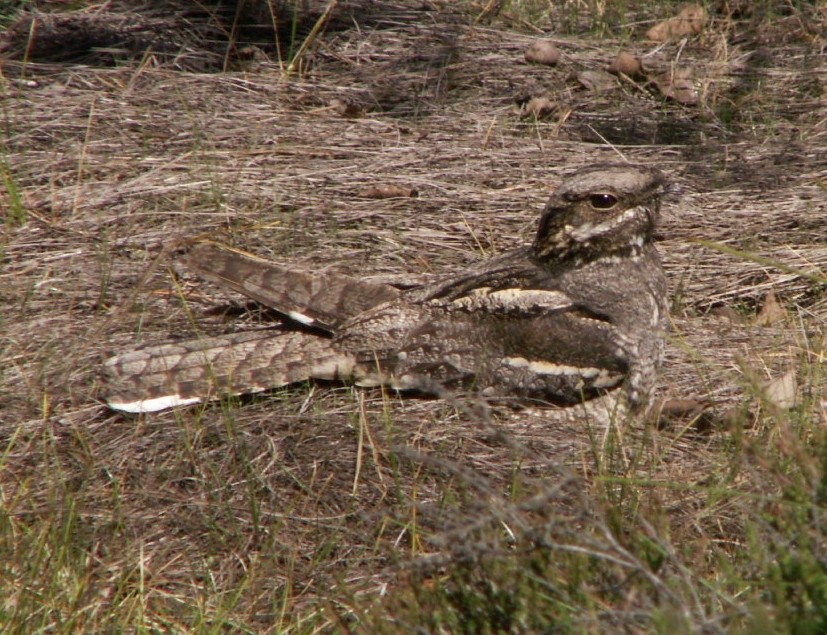 Where can I see european Nightjar?
Where can I see european Nightjar?
Where can I see european Nightjar?
The breeding range of the European nightjar comprises Europe north to around latitude 64°N and Asia north to about 60°N and east to Lake Baikal and eastern Mongolia. The southern limits are northwestern Africa, Iraq, Iran and the northwestern Himalayas. This nightjar formerly bred in Syria and Lebanon. All populations are migratory, and most birds winter in Africa south of the Sahara, with just a few records from Pakistan, Morocco and Israel. Migration is mainly at night, singly or in loose groups of up to twenty birds. European breeders cross the Mediterranean and North Africa, whereas eastern populations move through the Middle East and East Africa. Some Asian birds may therefore cross 100° of longitude on their travels. Most birds start their migration at the time of a full moon. Most birds winter in eastern or southeastern Africa, although individuals of the nominate race have been recently discovered wintering in the Democratic Republic of the Congo; records elsewhere in West Africa may be wintering birds of this subspecies or C. e. meridionalis. Most autumn migration takes place from August to September, and the birds return to the breeding grounds by May. Recent tracking data has revealed that European nightjars have a loop migration from Western Europe to sub-equatorial Africa where they have to cross several ecological barriers (Mediterranean Sea, Sahara and the Central African Tropical Rainforest). Individuals use similar stop-over sites as do other European migrants. Vagrants have occurred in Iceland, the Faroe Islands, the Seychelles, the Azores, Madeira and the Canary Islands. The European nightjar is a bird of dry, open country with some trees and small bushes, such as heaths, commons, moorland, forest clearings or felled or newly planted woodland. When breeding, it avoids treeless or heavily wooded areas, cities, mountains, and farmland, but it often feeds over wetlands, cultivation or gardens. In winter it uses a wider range of open habitats including acacia steppe, sandy country and highlands. It has been recorded at altitudes of 2,800 m (9,200 ft) on the breeding grounds and 5,000 m (16,000 ft) in the wintering areas.
People often ask
Related Searches
Scientific Classification
Phylum
Chordates Class
Birds Order
Nightjars and Relatives Family
Nightjars and nighthawks Genus
Old World Nightjars Species
European Nightjar 